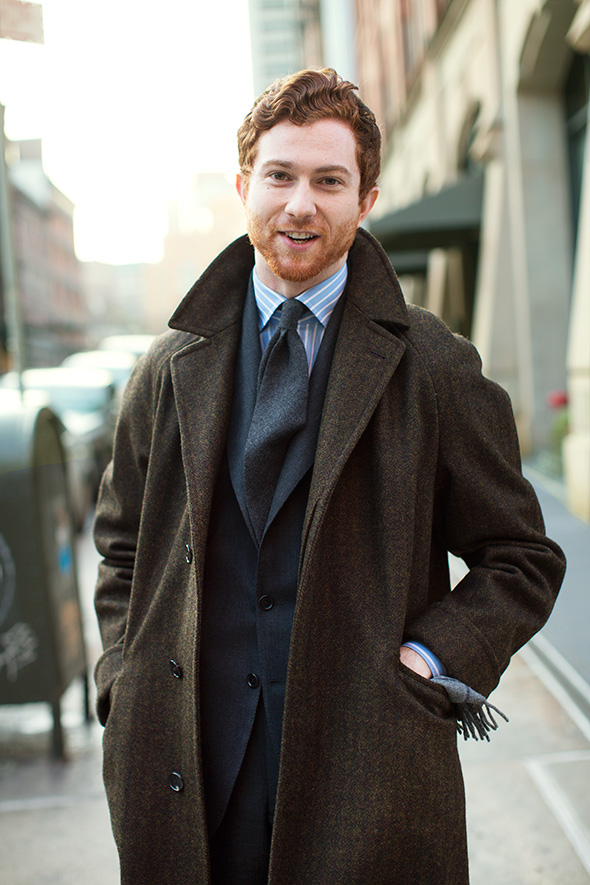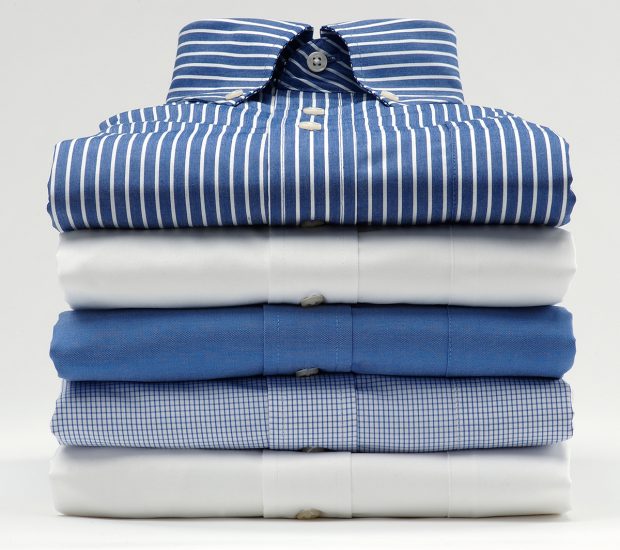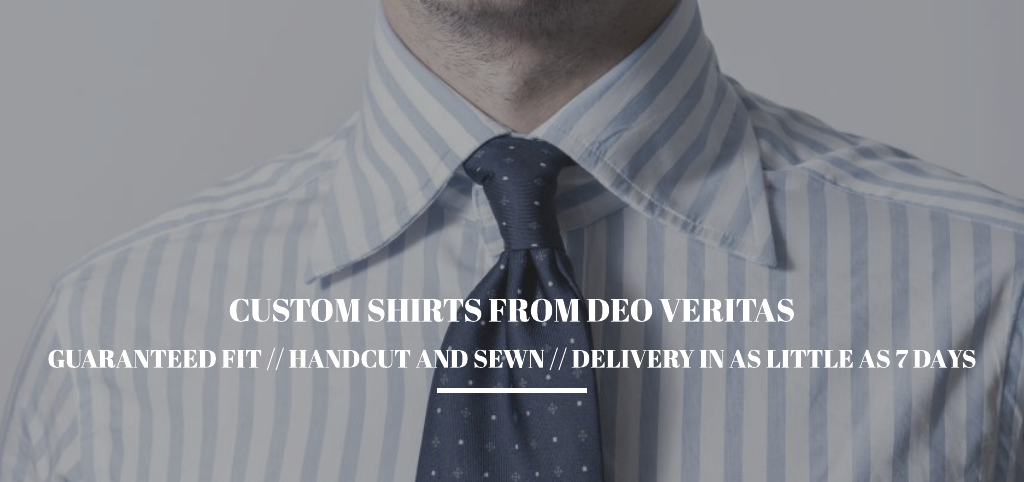Business Professional Attire vs. Business Casual
The cyclic nature of fashion is a universal truth one should not overlook — from cut, silhouette or design, to the very essence behind each attire. Each of these elements has certainly been approached in a similar way in the past.
When it comes to menswear, we are now experiencing a revival movement that not only brings to life garments and fashions of old, but also the proud vanity men sported in each carefully curated ensemble.
In fact, modern men seem to show an increasing concern with their image and the way they present themselves to society on a daily basis. So much so that clothing becoming a sought vessel to portray this very personal image.
This search to exude one’s personality through clothes, a habit once reserved to our female counterparts, has pushed the market to respond with a burgeoning of offerings spread throughout high and low tier brands, aimed at satisfying the insatiable cravings of these redefined men.
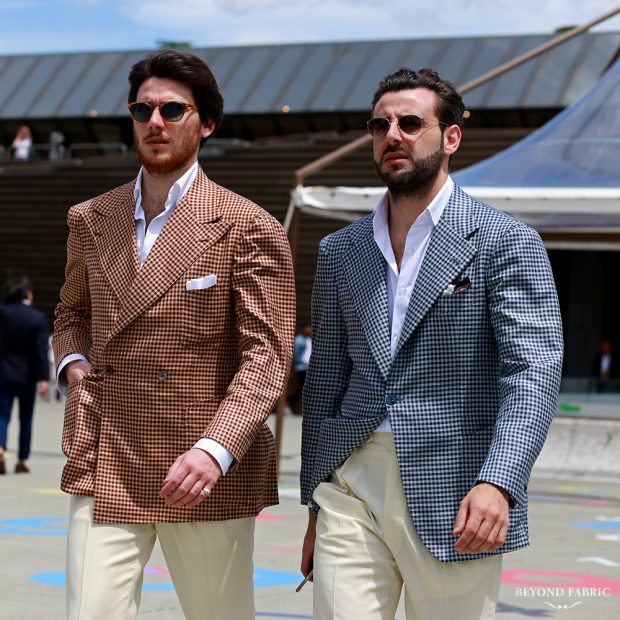
In recent years, men have rekindled their care for self-presentation and a polished image. Photo courtesy of Beyond Fabric.
Defining business professional vs. business casual for the office.
Within the vast array of available choices from which one can build his one personal style and image, there seems to lack a very much needed guidance in regards the what, where and when applies.
As the democratization of casualness becomes viral in nowadays society, few environments still retain a certain degree of formality that must be maintained and respected — namely, professional ones.
Defining what is office appropriate has become a challenging task in recent years, to say the least
Working environments and new professional roles fill the job marketplace, what was once set in stone as a strict work uniform, is now open to a never-ending array of subtle (or not so subtle) tweaks. On one side of the spectrum, we have extremely relaxed working environments where individuality is praised and personal style encouraged (liberal and creative roles).
Whereas on the other, we find very strict, formal environments, where suiting is mandatory and aesthetic coherence valued.
Surely, this article is much more useful to all those located towards the latter end, as their work places are imbued with a series of unspoken rules dictating what is or not, considerable “suitable.”
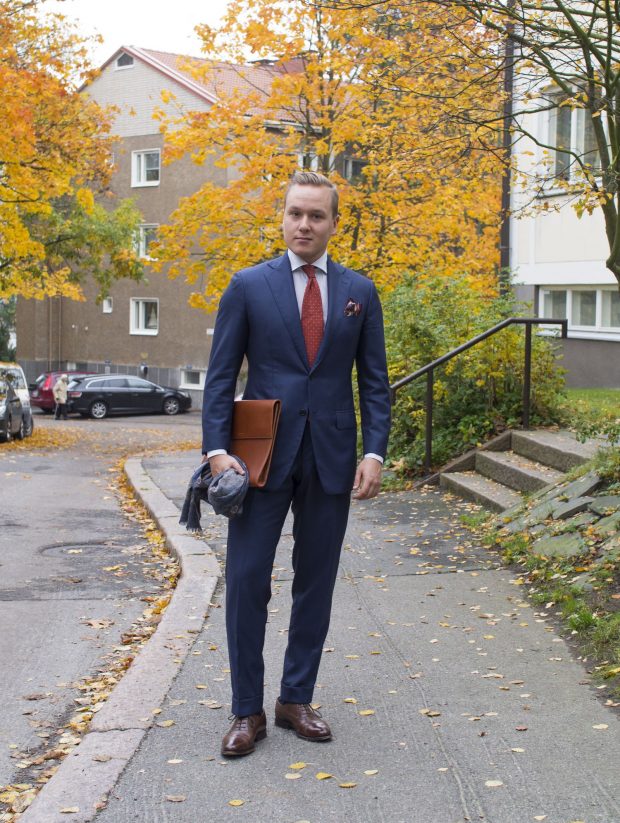
A classic outfit with remnants of Autumn, in perfect harmony with the season’s colors. Photo courtesy of The Nordic Fit.
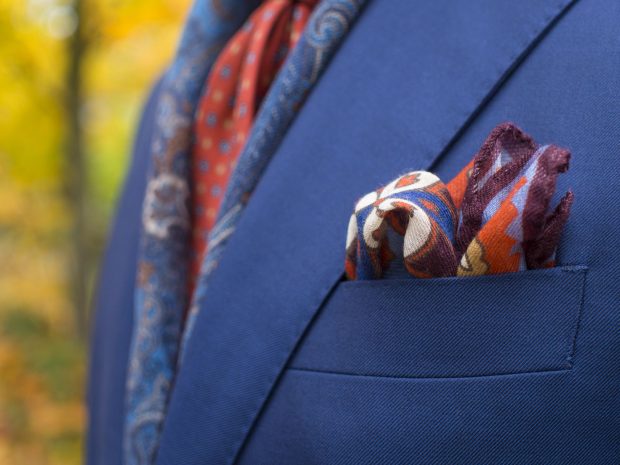
A colorful accoutrement with playful purpose, in an otherwise understated outfit. Photo courtesy of The Nordic Fit.

A nice pair of brown oxfords pair well with navy trousers, and especially enhanced by the turn-ups. Photo courtesy of The Nordic Fit.
Consider these 7 tips for business professional attire in the office.
So, how can one maintain his individuality while looking presentable at the office? As with so many other things in life, balance is key.
Even if your workplace allows for more casual outtakes than a full suit, there are still guidelines to abide by, namely keeping a polished look that looks professional and trustworthy, especially if you’re dealing with the public.
To achieve this and before moving on to shirts, our expertise, here is a list of essential advice one should consider before dressing to work (these are by no means rules and should be adapted to your own reality):
1. Dress according to your industry standards, age and position in the company.
If you’re new or working or way up from a lower tier role, avoid overdoing it with formal attire, since you don’t want to be outclassing your superiors;
2. Avoid wearing ostentatious garments or accessories.
Sporting that Rolex or Prada bag around the office wont’ make you any friends and may portray a wrong image about who you are;
3. Refrain from showing too much skin.
Never sport shorts or t-shirts to work because this is a professional environment. If your company allows it, a polo shirt may be fitting, but choose a more sophisticated version than the average cotton pique. Ideally, wear a shirt and roll up your sleeves;
4. Avoid denim — most likely than not, denim is not a suitable alternative. Chinos or slacks will be your best friends here. In the event that denim is appropriate, opt for darker washes as they have a more refined feel;
5. Avoid overly bright colours.
Do not become the center of attention for all the wrong reasons. Subtle accessories such as a pocket square can add a much needed dash of color in a more elegant fashion;
6. Don’t over-accessorize.
Ideally, jewelry should be reduced to just an elegant timepiece, although a trademark bracelet and/or ring may be acceptable. A tie and pocket square at most and in subtle patterns/colors (no lapel embellishments, chains or bracelet filled wrists);
7. Wear socks.
Period.
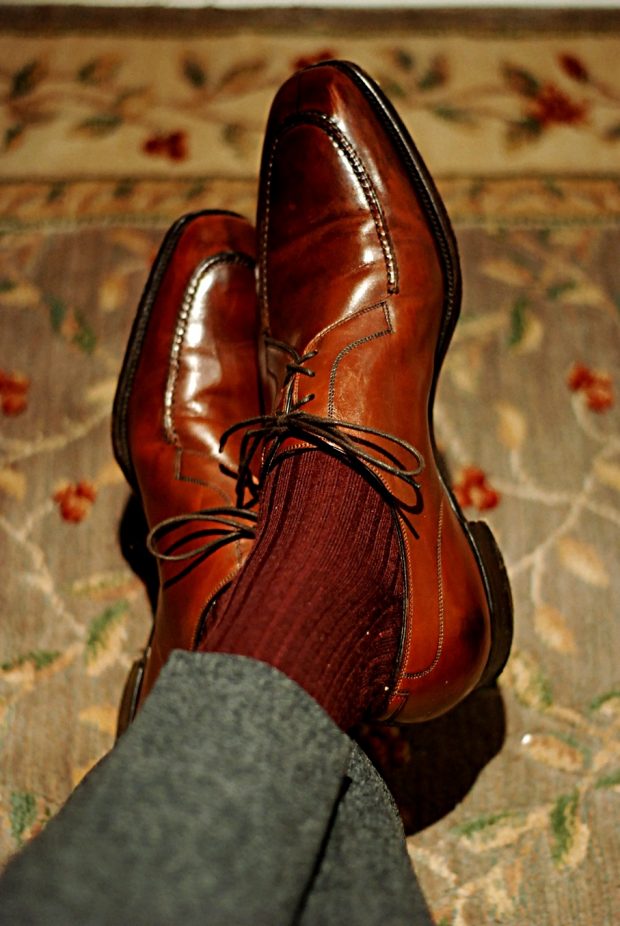
Classic socks must not be overlooked in office environments and should be kept discrete. Photo courtesy of Permanent Style.
Office clothing fundamentals: the dress shirt.
With these general rules on the table, the time has come to focus on one of the fundamental pieces when it comes to office appropriate ensembles: the shirt.
Enjoying an unprecedented popularity in menswear, shirts have evolved from being regarded as a mere layering element, to being considered a luxury garment that can be worn on its own while portraying class and elegance.
At Deo Veritas, we see the shirt as such: an essential menswear piece crafted according to tradition, know-how and manufacturing techniques. Each perfected throughout the years, as master artisans passed them on to their apprentices.
The sheer beauty of the shirt resides in its versatility and ability to adapt to a myriad of occasions, styles and moods.
6 tips for choosing a dress shirt for your business professional office attire.
Easily worn with a suit and tie as with the top-button undone and rolled-up sleeves for those never-ending business meetings. In fact, when it comes to top layers for office wear, shirts comprise the ultimate alternative.
Suffice it to say, the very basic requirements of any shirt for this purpose lie on its construction quality, fabric and fit. When it comes to shirts, here are 6 tips to keep in mind:
1. Opt for mid-weight fabrics.
Adjust your fabric choice so that your shirt is not sheer, allowing to see through, especially if you go with white or lighter colors;
2. White is your best friend.
No other shirt will ever be as versatile. You can pair it with every sweater, trouser and coat in your wardrobe, plus it just looks great;
3. One undone.
When the heat strikes and you’re not wearing a tie, only the top button should be undone (not counting the one on the collar), otherwise you risk looking like a Colombian drug lord in an 80’s tv show;
4. Beware of contrasts.
Immortalized by Michael Douglas’ character Gordon Gekko in the acclaimed movie Wall Street, the power suit and matching power shirt (used to describe colored shirts with contrasting white collars and cuffs), have been experiencing a comeback in recent years.
However, as the name states, this version should be reserved to older men in higher positions, such as CEOs or CFOs. Sporting such a shirt as a junior assistant is not a wise move;
5. Suit it to your style.
With the available choice of fit and customization options, such as collar and cuff combinations, make sure to adjust your shirts to your style. If your work attire is comprised of sport jackets and chinos, button-downs shirts work great, whereas cutaways and tabs are a perfect match for suits.
If you are on the younger side and favour unbuttoned shirts, a forward point or mini point are a great choice.
6. Know the rules.
Unless you work in a very fashion forward environment, where everything is allowed for the sake of experimentation, knowing the basics is mandatory.
Club collars are meant to be worn buttoned with a tie. Buttons-downs are more relaxed and shouldn’t be worn with suits, while tab collars must be worn with a tie, etc. Also, be mindful that nobody wants to see your pecks even if you work hard at the gym, so stay away from skin tight shirts.
Simple is best for business professional attire and office clothing.
Now that we’ve put it out there, please take note that this is simple advice to help you dress for the office. We advocate for personal style and individuality and each of these topics must be interpreted and adapted to each own’s reality when it comes to professional environments.
Be mindful of your industry, your company, your position, your age, your peers and simply try to portray your personal touch to befitting ensembles.
To keep your dress shirts looking crisp, make sure you properly care for them and they’ll serve you well into their late age. As always, we’re here to help you find the perfect shirt for the occasion.
Photo Credits: Beyond Fabric // Permanent Style // The Nordic Fit // The Sartorialist

